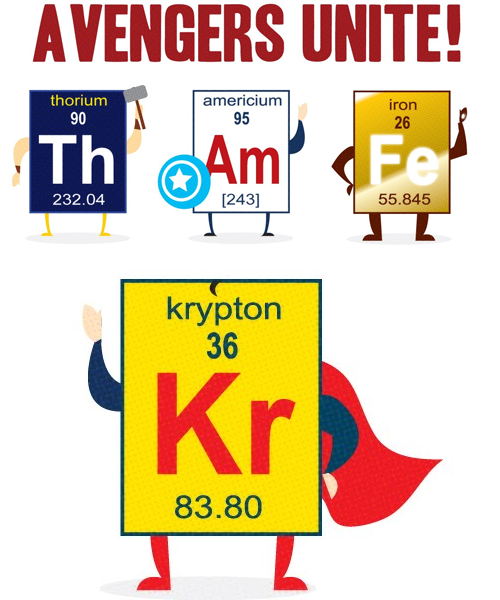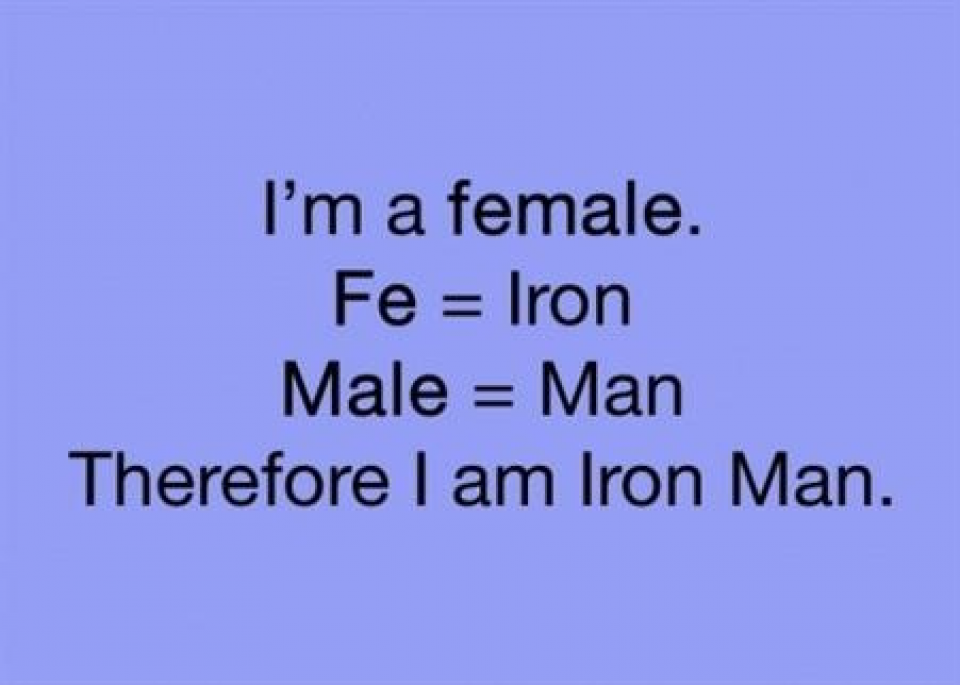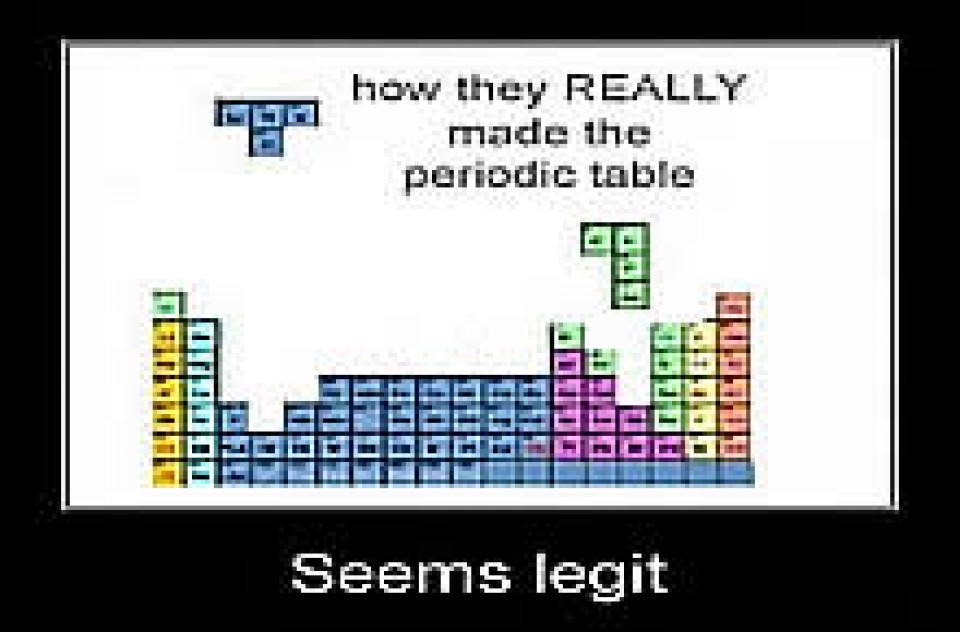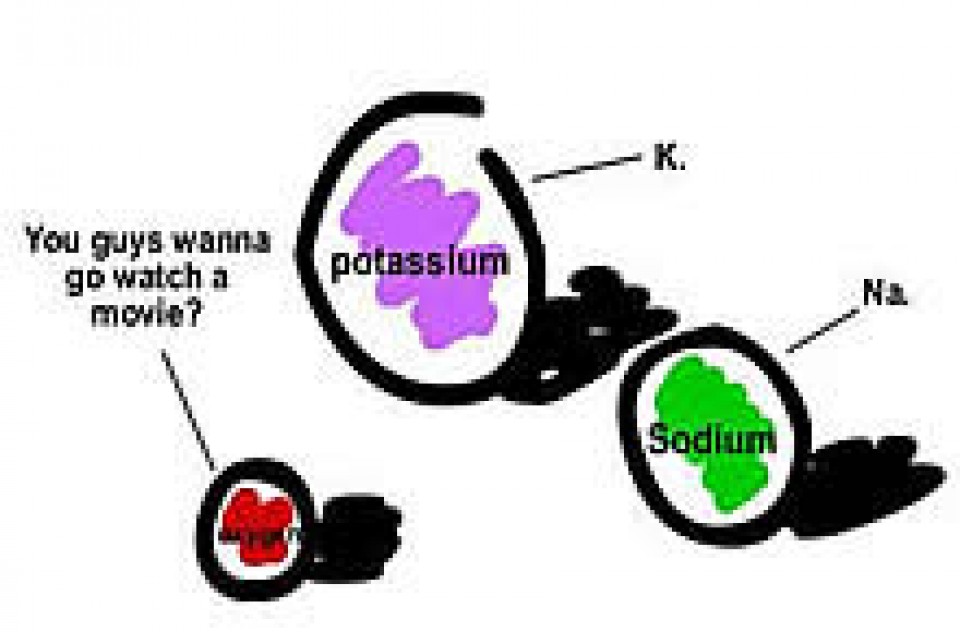Converting Units
When we need to convert between units (for example, converting minutes to seconds) we use conversion factors. Conversion factors are a ratio that specify how one unit of measurement is related to another unit of measurement. For example, when converting minutes to seconds we can use the relationship 1 minute = 60 seconds. This can be written as two ratios or two different conversion factors:
1 minute/60 seconds OR 60 seconds/1 minute
Example
How many seconds are in 3.55 minutes?
1. Identify the known quantity and the units of the new quantity.
Known: 3.55 minutes
Units of New Quantity: seconds
2. Multiply the given quantity by one or more conversion factors so that units cancel, leaving only the desired units.
3.55 minutes x = seconds
Which conversion factor will cause minutes to cancel and leave us with seconds: 1 minute/60 seconds OR 60 seconds/1 minute? In order for minutes to cancel we need minutes in the denominator so it must be 60 seconds/1 minute.
3.55 minutes x 60 seconds/1 minute =
3. Perform the mathematical operations indicated by the conversion factor setup.
3.55 minutes x 60 seconds/1 minute = 213 seconds
Significant Digits in Conversions
English-English and metric-metric conversions are always exact. In other words, when converting from one unit to another unit in the same system (feet to inches, meters to centimeters), the conversions have been defined and are not measurements so they do not affect the significant digits of the calculation.
1 ft = 12 in. 1 yd = 3 ft 1 gal =4 qt
1 km = 103 m 1 cg = 10-2 g 1 GL = 109 L
However, English-metric conversions are inexact. They have been measured and not defined so the significant digits do affect the significant digits of the calculation.
1 lb ≈ 454 g (3 sig figs) 1 qt ≈ 0.9463 L (4 sig figs)
The only exact English-metric conversion is 1 in. = 2.54 cm which was defined in 1958. This conversion will not affect the significant digits of the calculation.
Example
How many yards are in 2.7 miles? (1 yd = 3 ft, 1 mile = 5280 ft)
We are beginning with 2.7 miles so we need a conversion factor with miles in it and miles will need to be on the bottom in order for it to cancel. So we begin setting up the calculation like this:
2.7 miles x 5280 ft/1 mile
Now we have feet but want yards, so we need a conversion factor that will put ft in the denominator (bottom) and yards in the top (numerator):
2.7 miles x 5280 ft/1 mile x 1 yd/3 ft = 4752 yd
Looking at the significant digits, the original measurement of 2.7 miles had 2 significant digits. In the first conversion factor, is 5280 ft considered 3 significant digits or exact? Since the conversion is between two English units it is exact, meaning it will not affect the final significant digts of the answer. 1 yd = 3 ft is also English-English meaning this factor is exact. Thus, the only significant digits to consider are the 2 signifnicant digits in the original measurement meaning the answer should be rounded off to 2 significant digits: 4800 yd or the less ambiguous way, 4.8 x 103 yd
Example
How many kL are in 3.190 x 105 gal? (1 L ≈ 0.264 gal, 1 kL = 103 L)
In order for the original gallons to be converted in to kL, we will need a setup that looks like:
3.190 x 105 gal x 1 L/0.264 gal x 1 kL/103 L = 1208.33 kL
How many significant digits should the final answer have?
The original measurement (3.190 x 105 gal) has 4 significant digits. In the first conversion factor, we are converting 0.264 gal (English) to 1 L (metric) so it must be inexact, meaning 0.264 is considered 3 significant digits. In the second conversion factor, we are converting L (metric) to kL (metric) so this is an exact conversion, meaning it will not affect the significant digits of the final answer in the calculation. Therefore, the answer must have the fewest or 3 significant digits: 1.21 x 103 kL








